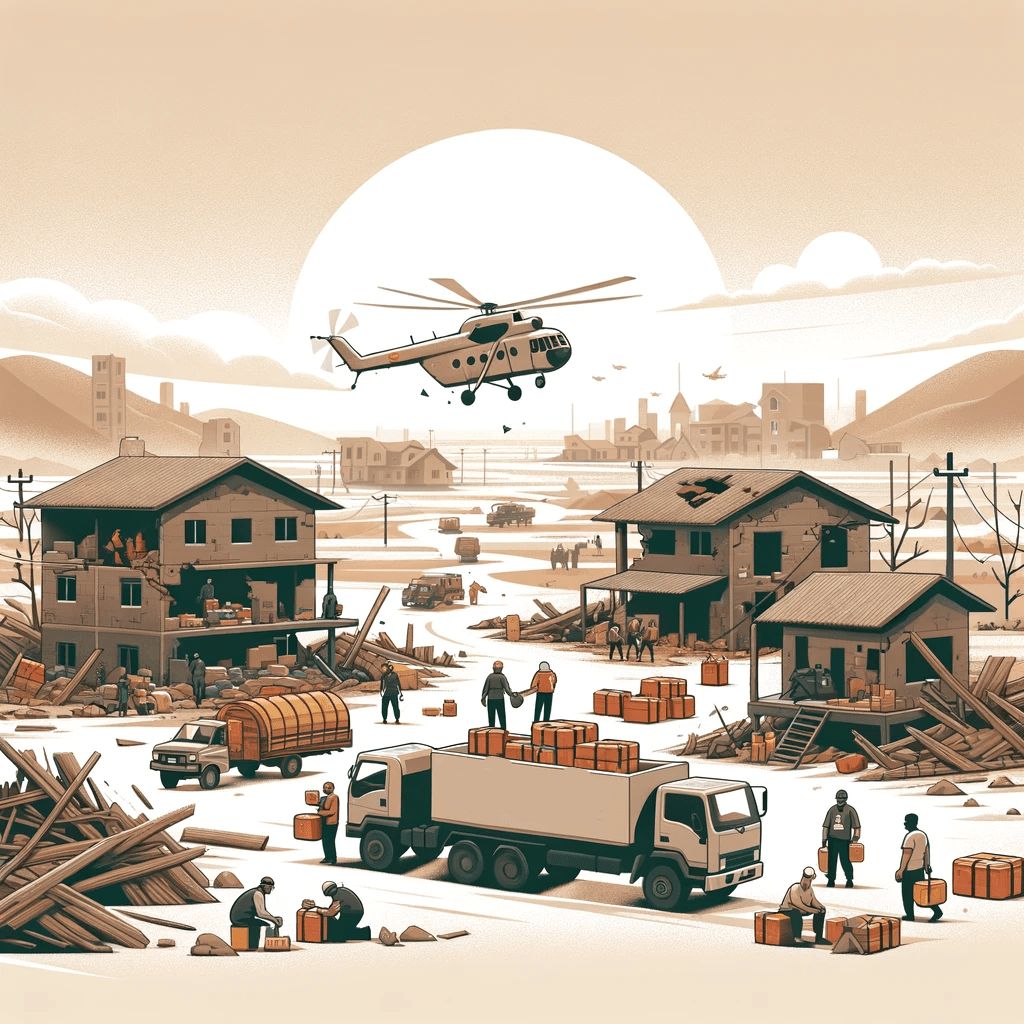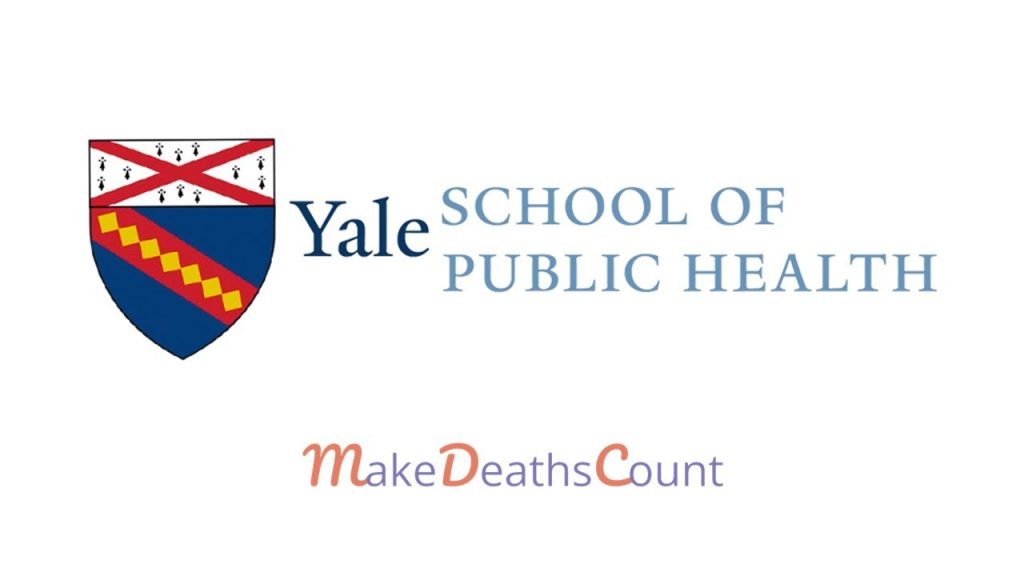
Civil registration is vital to improving a citizen’s quality of living. Mortality surveillance particularly takes strides in improving the safety of citizens. Mortality surveillance is defined as the systematic collection, analysis, and interpretation of data related to deaths. It can have a profound impact on a multitude of areas, including conflicted areas. Conflicted areas are certain regions impacted by political unrest, often lacking essential infrastructure, resources, and services. How would increased mortality surveillance in these areas improve quality of living?
If mortality surveillance is provided to these conflicted areas, humanitarian organizations can adequately allocate resources to areas that are most in need. Additionally mortality surveillance is crucial for planning public health interventions, this includes vaccination campaigns and disease prevention strategies. Providing these information would allow organizations to tailor the interventions to the specific needs of the population. Mortality surveillance can also help monitor disease outbreaks, which specifically escalate quickly in conflicted areas due to compromised sanitation, damaged healthcare infrastructure and population displacement. Lastly, mortality data can be a powerful tool for advocacy and emphasize severity of situations in conflicted areas and consequently mobilize international support.
MakeDeathsCount’s is working to provide mortality data in areas just like these, where civil registration is compromised. Using a first of its kind mobile application designed specifically to collect vital information from both humanitarian crisis settings and stable but resource-poor regions to help inform appropriate and timely public health responses. With this application, conflict areas can gather mortality data, and handle humanitarian crises more efficiently and effectively.




